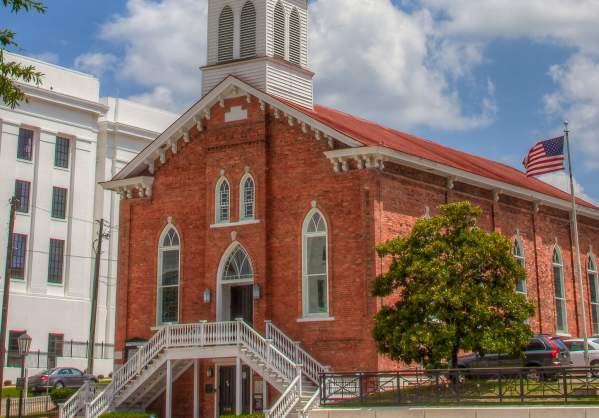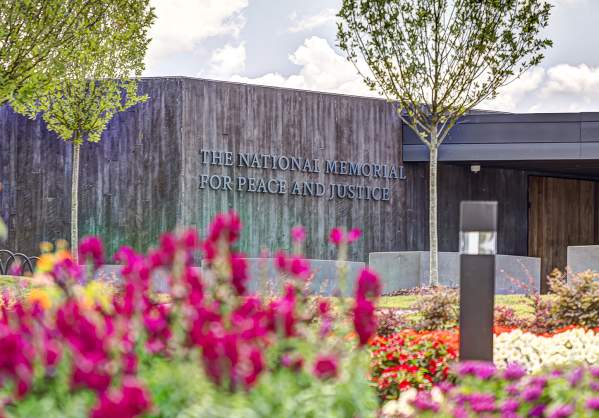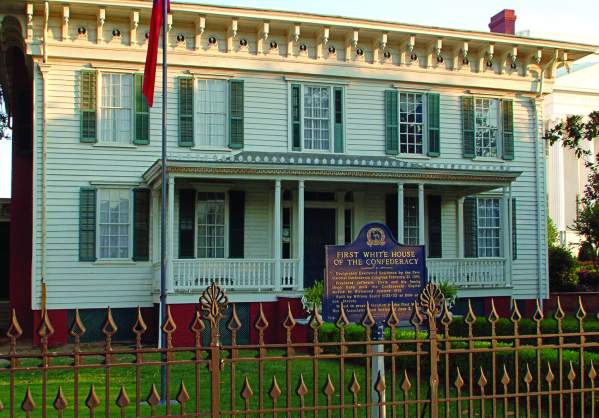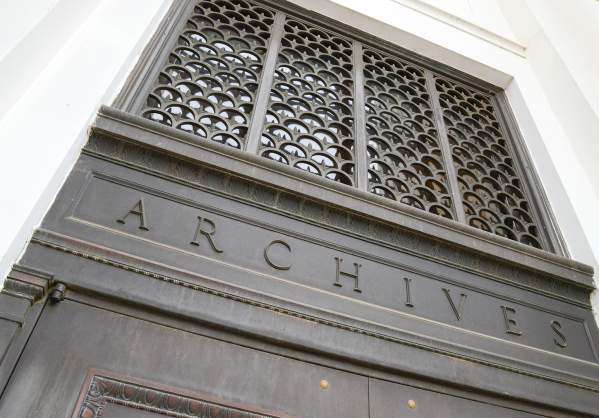Monuments
From powerful lessons of injustice and defiance to poignant song lyrics, Montgomery’s diverse history is displayed through moving monuments located around the city. Pause at each one to reflect on the lives involved and the messages they have for today’s audience.
Regarded by many as one of the most important American singers and songwriters of the mid 20th century, Hank Williams is honored with a statue at Riverfront Park as well as with a memorial at Oakwood Annex Cemetery, his final resting place.
Following Rosa Park’s refusal to give her seat to a white man on a city bus in 1955, the Montgomery Bus Boycott ensued for 382 days and challenged segregation on public buses. She is honored with a statue on Court Square, near the spot of her arrest. Additional statues can be found at the Rosa Park Museum on Montgomery Street and on Maxwell Air Force Base.
Learn about 200 years of state history with the 16 granite monuments at Alabama Bicentennial Park near the intersection of Dexter Avenue and Bainbridge Street. Each granite monument holds a bronze relief highlighting pivotal times. The panel events include the Creek War, Cotton State, Reconstruction, World War II and the Space Race. Each one tells a powerful story that shaped Alabama, some painful, others proud.





